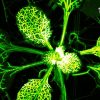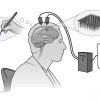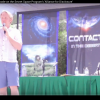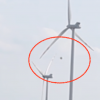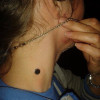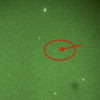Astronomers measure total starlight emitted over 13.7bn years0
- From Around the Web, Space
- December 1, 2018
Stars have radiated 4×10^84 photons since the universe begun with formation peaking 11bn years ago

Stars have radiated 4×10^84 photons since the universe begun with formation peaking 11bn years ago

New study shows that the genetic makeup of northern Europe traces back to migrations from Siberia that began at least 3,500 years ago and that, as recently as the Iron Age, ancestors of the Saami lived in a larger area of Finland than today.
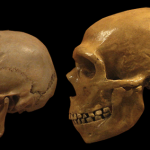
A pair of researchers at Temple University has found evidence that suggests Neanderthals mated and produced offspring with anatomically modern humans multiple times—not just once, as has been suggested by prior research.
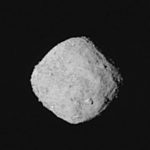
NASA’s asteroid-chaser will reach its target, Bennu, on Dec. 3 and you don’t want to miss a thing.
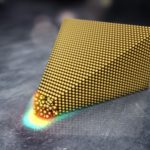
When the tension rises, unexpected things can happen — not least when it comes to gold atoms. Researchers from, among others, Chalmers University of Technology, Sweden, have now managed, for the first time, to make the surface of a gold object melt at room temperature.

A Keller resident saw the mysterious bright object in the sky last week. It didn’t move for 20 minutes, the witness said.

An international team of scientists has discovered a new, massive star system — one that also challenges existing theories of how large stars eventually die.

After decades of thinking and tinkering, quantum capabilities are finally poised to break out of the science lab and into the tech world.
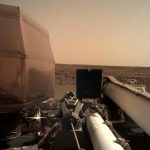
After an almost seven-month, 300-million-mile (458 million km) journey from Earth, NASA’s InSight lander successfully touched down Monday, November 26, 2018, near Mars’ equator on the western side of a flat, smooth expanse of lava called Elysium Planitia, with a signal affirming a completed landing sequence at approximately 3 p.m. EST (12 p.m. PST, 8 p.m. GMT). The landing signal was relayed via one of NASA’s two small experimental Mars Cube One (MarCO) CubeSats.
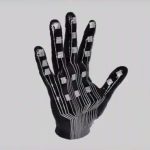
Human skin contains sensitive nerve cells that detect pressure, temperature and other sensations that allow tactile interactions with the environment. To help robots and prosthetic devices attain these abilities, scientists are trying to develop electronic skins. Now researchers report a new method in ACS Applied Materials & Interfaces that creates an ultrathin, stretchable electronic skin, which could be used for a variety of human-machine interactions.
